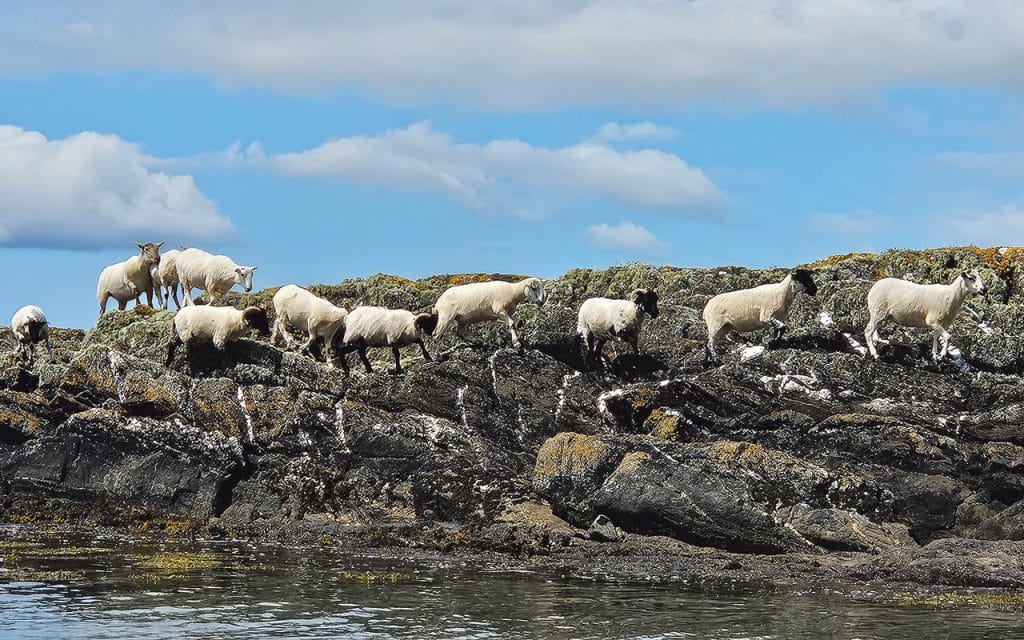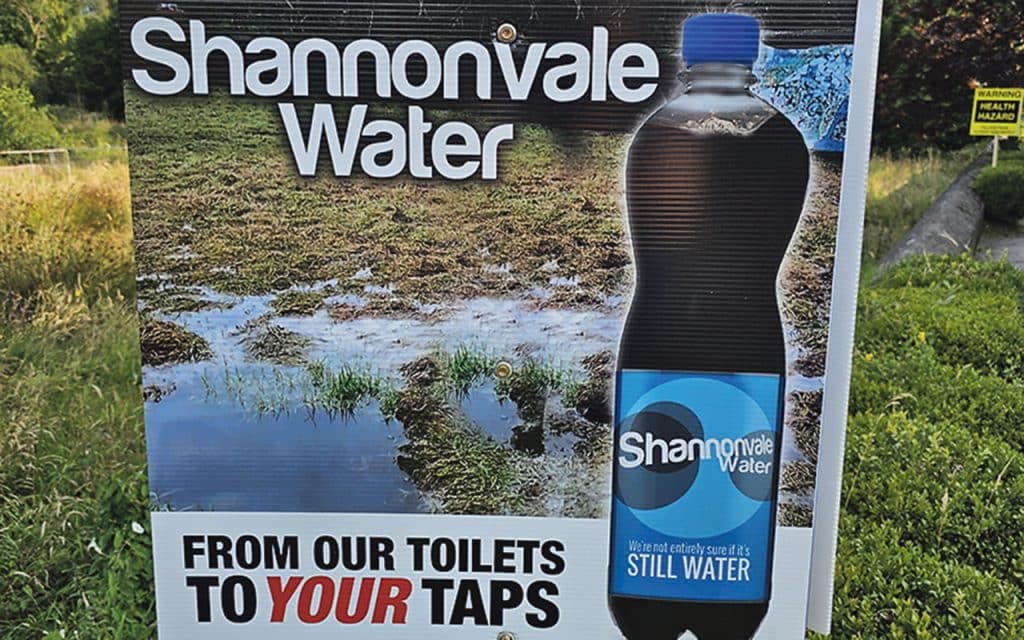
I hate wishing time away but after 14 months of hoping next week’s weather will be better, it seems that’s just what I’ve done. I’ve written this year off as a grazing season and I’ll just manage it out for the rest of the year.
When it comes to stymied grass growing conditions, I think my preference is for a dry warm drought rather than continuous cold and damp.
That’s among the chief learnings from my experiences on the farm this year. From March till the early days of September, I’ve been checking the weather forecast on the phone and almost every week: ’The following week looks dry and settled’ – but invariably it never played out that way. No sooner was the dry week on the horizon then the next glimpse at the phone would show rain or a north wind had taken its place.
Anyone who had to find extra rainy day entertainment for children on school holidays over the summer were in a similar position, hoping for sunny days and the chance to get them outdoors.
Farming over the last 14 months has been similar; and the few warm days where the sun was on our backs saw the countryside burst into a hive of activity. The last Saturday in August was a case in point. Combine harvesters were making the most of the fine day to get grain cut and grain intakes in the area were busy spots. The combines didn’t have the roads and fields to themselves either. There was a lot of silage made in that window at the end of the month too.
I’ve no doubt there have been tougher times faced on farms in West Cork over the decades but since the beginning of July last year, cold and rain seem to have been present more than I can remember.
That’s been my experience on farm too. Two of the three blocks of ground are doing ok but the home ground never got going. It’s the driest ground I farm and more was asked of it this spring, as the other two were too wet to get stock out onto.
In hindsight, I think there was too much asked of it in spring and some paddocks had stock in them much more often than they usually would. That was the only thing that was done differently to other years in terms of management but as a result it never got a chance to get growing grass properly for the rest of the year.
One way that stood out was I made much less silage on that land compared to any other year. I’ve never taken so little surplus bales off the grazing area at it. Most years, there’s eight paddocks on the grazing block and if they’re not all cut, seven of them are.
Some years, we’ve managed to cut some of the other paddocks there for silage too but that was never going to happen this year. I only managed to get bales from two and that was along with the first cut and the rest ended up being topped instead over the last month.
In order to give it a chance and try and build up covers for later, a decision was made to bring in some of the stock that were due for sale later in the year in mid-August instead. If heat and moisture come along together, grass will get motoring and we’ll be laughing, but if they don’t then at least I’ll be comfortable heading deeper into the autumn.
Anyone who studied agricultural science for their leaving cert will be familiar with the grass growth curve. It climbs steadily through late April and June with a secondary block of growth in July and early August. I saw the grass growth curve for the year recently and this is the first year I can recall where it is more out of line than we’ve become accustomed to and that’s what’s making the year so difficult.
Fodder stocks are reaching a comfortable level in a good few, but not all; yards and hopefully the winter will give a chance to reset. There are many times over the last century when you could say farming in Ireland was at a crossroads. This time, it feels like it’s at a spaghetti junction.
Some of the roads are progressing as normal, albeit with a few warning signs, others are dead ends, and some just go round in circles of varying diameters measured in years. It’s said regularly now that European food policy was responsible for the removal of trees and ditches in the 1970s and 1980s and now we’re being paid to put them back.
There’s so many pressures on land now with housing and energy knocking a lot out of food production, so who knows if we’ll be asked to take them out again in future.



